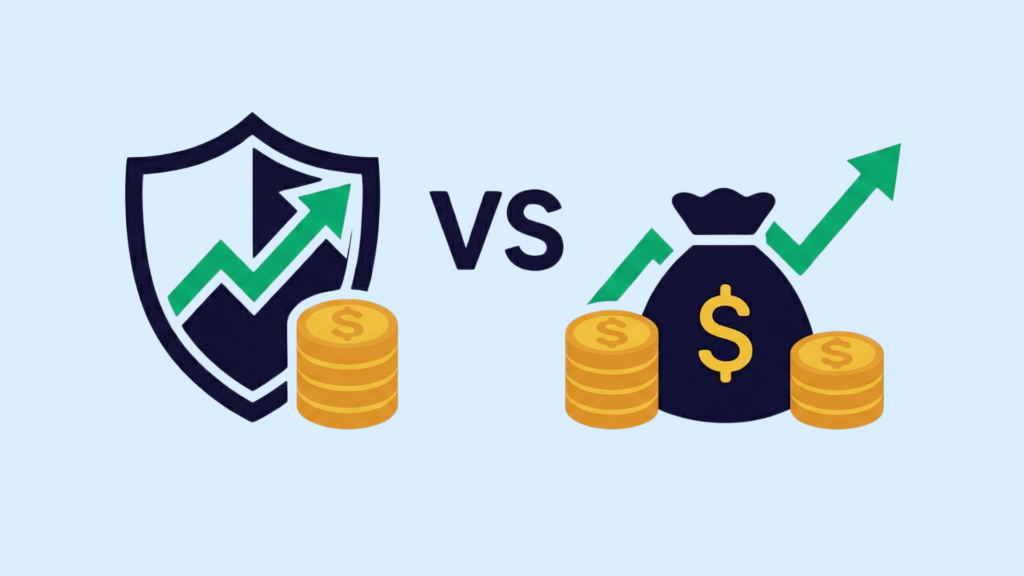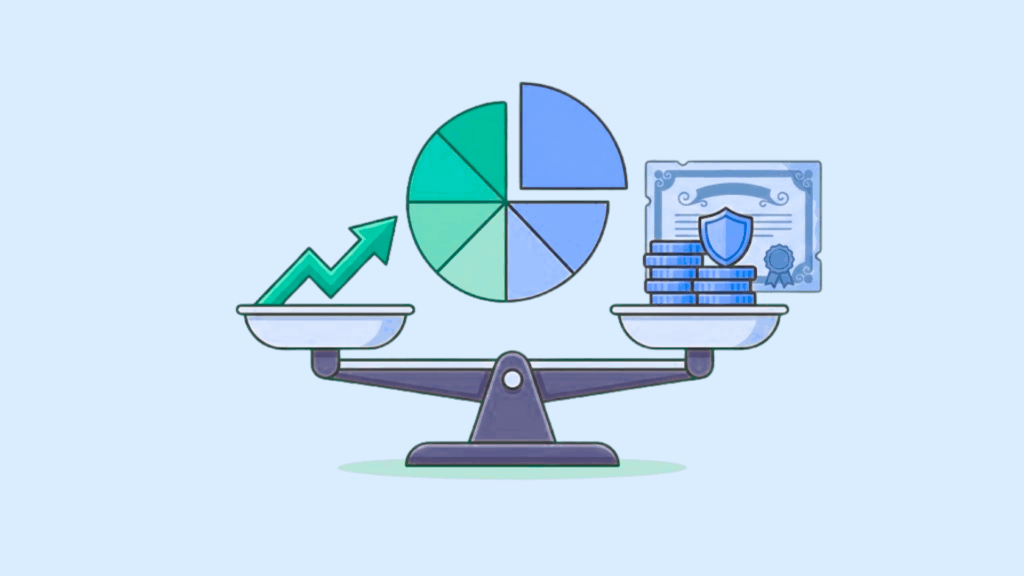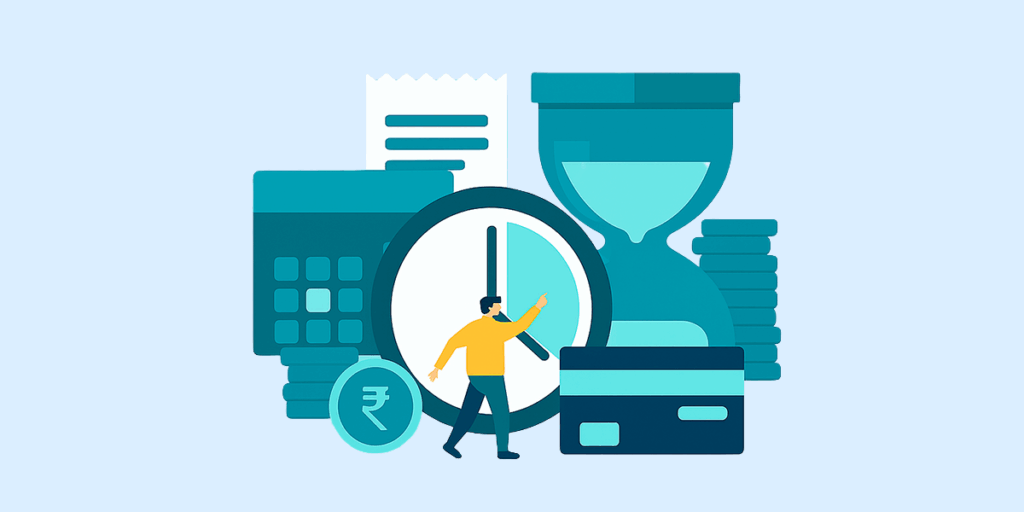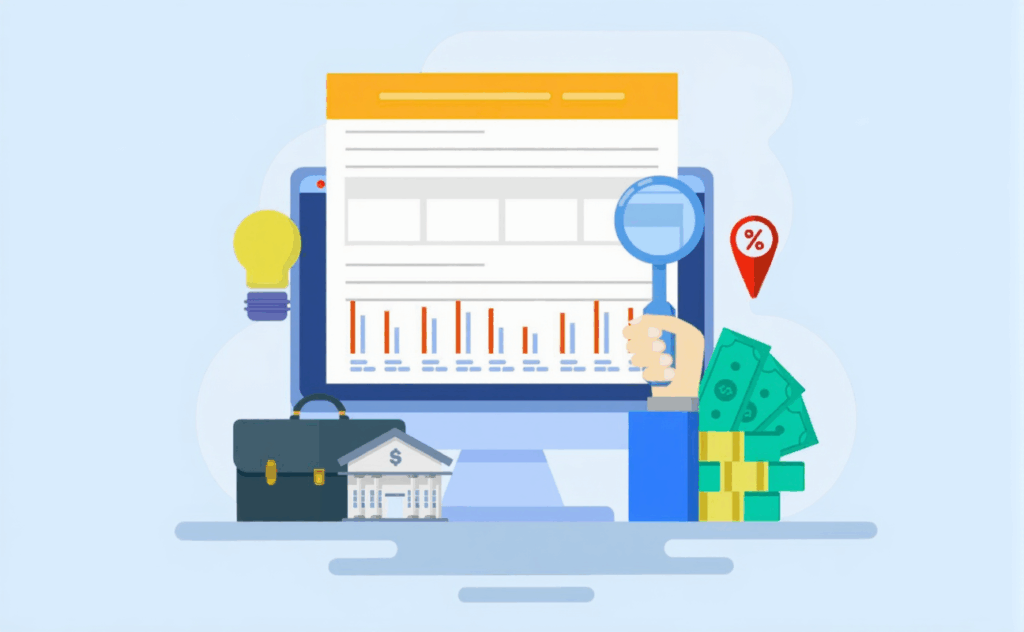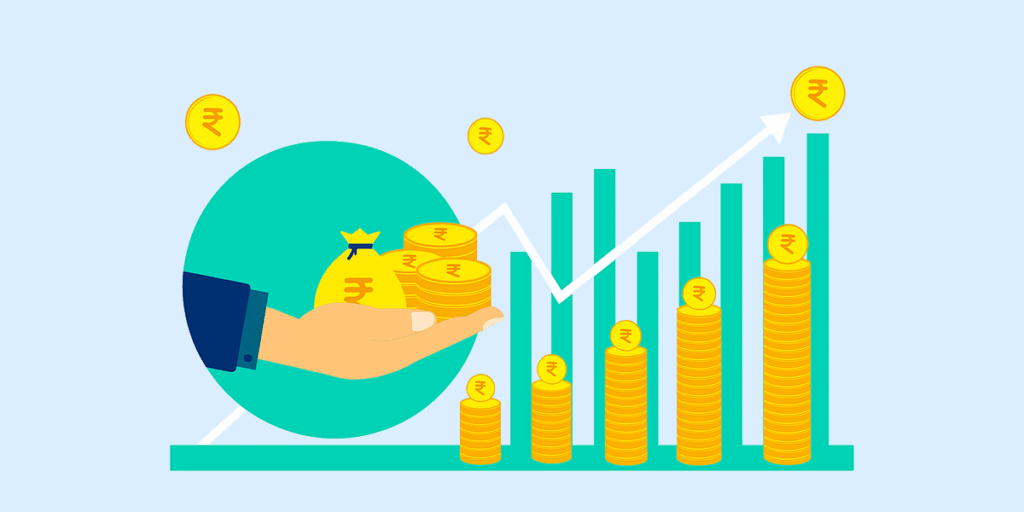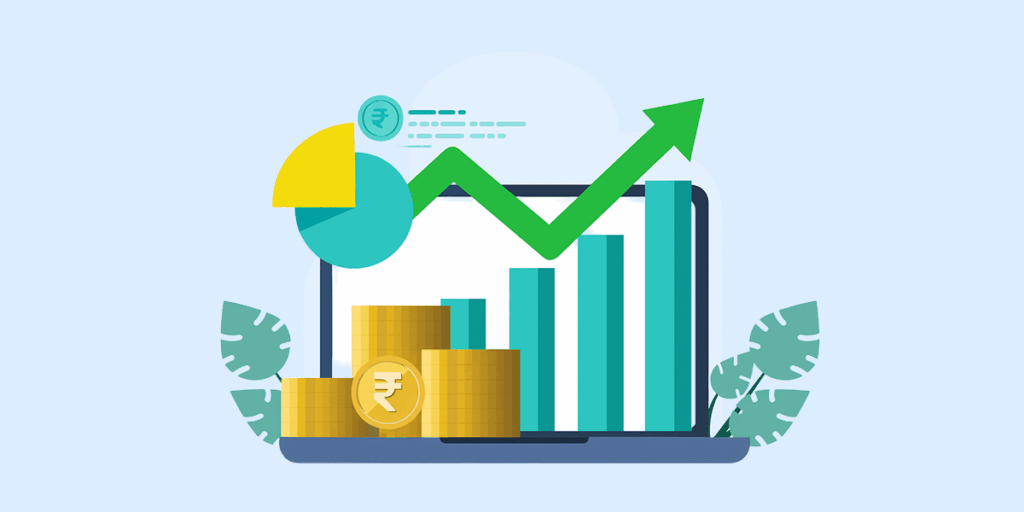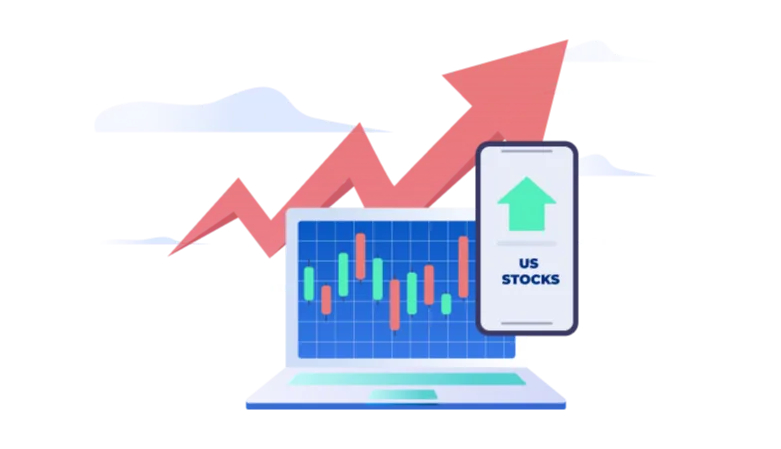Finding the best mutual fund to invest in requires more than just picking the one with the highest return. You need to understand your risk tolerance, financial objectives, and how different funds have performed over time across market conditions.
In this blog, we’ll cover the top-performing mutual funds by category and offer clear insights on how to select the right one for your specific needs. Read along!
Why Invest in Mutual Funds?
Mutual funds offer an accessible and efficient way to build wealth, even if you are new to investing. When you invest in a mutual fund, your money is pooled with that of other investors and professionally managed across a diversified portfolio of assets, such as stocks, bonds, or money market instruments.
Some more reasons why you should invest in mutual funds are:
- Wealth Creation: Mutual funds help you grow your money over time through capital appreciation, dividends, and compounding. With options across equity, debt, and hybrid categories, you can choose funds based on your risk appetite and goals. To fully appreciate how reinvesting returns accelerates portfolio growth, explore the power of compound interest and its exponential impact on long-term wealth creation.
- Diversification: Since mutual funds invest across a wide range of securities, your risk is spread out. Even if one asset underperforms, gains from others can balance your overall portfolio, reducing the impact of market volatility.
- Accessibility: You don’t need a large amount to start investing. With SIPS (Systematic Investment Plans), you can start with amounts as low as ₹100 or ₹500. Mutual funds also offer liquidity, allowing you to withdraw money, subject to the fund’s exit load or lock-in period.
Is Mutual Fund Investment Good for Everyone?
Mutual fund investments can suit a wide range of investors, but they must align with your risk profile, goals, and market expectations. Here’s how:
- Risk Profiles: If you have a higher risk tolerance and a long-term horizon, equity mutual funds can be a good fit. If you prefer more stability, debt or hybrid funds can better match your comfort level. Mutual funds offer a range of options from low-risk to high-risk.
- Investment Goals: Whether you’re investing for a short-term goal, such as buying a car, or a long-term goal, like retirement, there are funds designed to suit different timelines and return expectations.
- Market Behaviour: Markets are unpredictable. Mutual fund investments work best when you stay patient, invest regularly, and avoid reacting impulsively to short-term market fluctuations.
Types of Mutual Fund Investment Plans
Mutual funds offer a variety of investment plans designed to meet different financial goals, risk appetites, and time horizons. Here’s a simple overview of the major types you should know:
Equity Mutual Funds
Equity mutual funds primarily invest in stocks, which are shares of companies. They aim for higher returns over the long term but come with higher risk compared to other types of funds. Equity funds are ideal if you have a high-risk appetite and a long investment horizon, such as five years or more.
Debt Mutual Funds
Debt funds invest in fixed-income securities, such as government bonds, corporate bonds, and money market instruments. They focus on generating stable returns with lower risk, making them a good option if you prefer stability over aggressive growth.
Hybrid and Index Funds
- Hybrid Funds: These funds invest in a mix of equity and debt instruments. They offer a balance between risk and return, depending on the fund’s equity-to-debt ratio. For investors seeking diversification beyond traditional mutual funds, exploring alternative investment strategies such as real estate, private equity, and commodities can provide additional portfolio resilience.
- Index Funds: These passively track a market index, such as the Nifty 50 or the Sensex. They aim to replicate the index performance at lower costs because they do not require active fund management.
SIPs and Lump Sum Investment Options
- SIP (Systematic Investment Plan): A method where you invest a fixed amount regularly (monthly, quarterly). It helps in rupee cost averaging and instils investment discipline.
- Lump-sum investment: You invest a large amount all at once. This option works better if you have a sizable corpus and think the market is underpriced.
How to Choose the Best Mutual Fund to Invest Now
Choosing the right mutual fund is crucial for aligning your investments with your financial goals. Here’s how you can approach it smartly:
Factors to Consider
Start by assessing your risk tolerance.
- If you prefer stability, debt or hybrid funds are better.
- If you can handle market ups and downs for higher returns, consider investing in equity or sectoral funds.
Next, match your investment tenure:
- Short-term (1–3 years): Stick to debt or liquid funds.
- Medium to long-term (5+ years): Equity funds and ELSS can offer better compounding.
Always review historical fund performance across different market cycles. Look for consistent performance, not just one good year.
Evaluating Fund Managers and AMC Credibility
The fund manager’s experience and track record matter.
- Check how long they have been managing the fund and how it has performed under their management.
- Also, review the Asset Management Company (AMC) reputation — prefer established AMCS with strong governance, transparent processes, and diversified offerings.
Importance of Tracking NAV and Returns
NAV (Net Asset Value) is the price per unit of a mutual fund.
- It helps you track the fund’s growth, but it should not be the only factor you consider.
- Instead, compare returns over 1, 3, and 5 years against the fund’s benchmark and peer funds.
- Focus on consistency and risk-adjusted returns rather than just chasing high NAV growth.
Best Mutual Fund Categories to Invest in India
When selecting a mutual fund, it’s essential to align the fund type with your risk appetite and financial goals. Here are some of the top mutual fund categories you should consider:
Large-Cap Mutual Funds
Large-cap funds invest primarily in well-established companies with large market capitalisation. These companies are typically stable, financially sound, and have a proven track record of delivering consistent returns.
Ideal for Conservative to moderate investors seeking relatively low volatility and steady growth over time.
Mid-Cap Mutual Funds
Mid-cap funds invest in medium-sized companies that are still growing but have already established a market presence. While they carry slightly higher risk than large-cap funds, they also offer the potential for higher returns.
Ideal for: Investors with moderate to high risk tolerance and a long-term investment horizon (at least 5-7 years).
Tax-Saving ELSS Funds
Equity-linked savings Schemes (ELSS) are mutual funds that offer tax benefits under Section 80c of the Income Tax Act. ELSS funds come with a 3-year lock-in period, the shortest among all tax-saving instruments.
Ideal for: Investors looking to combine tax savings with equity market participation.
Balanced Advantage Funds
Balanced advantage funds, also known as dynamic asset allocation funds, invest in a mix of equities and debt, adjusting the allocation based on market conditions. Fund managers have the flexibility to shift between equity and debt dynamically.
Ideal for: Investors seeking growth but preferring automatic risk management across market cycles.
How to Start Investing in Mutual Funds
Starting your mutual fund investment journey is easier than ever. With a few simple steps and clarity on your financial goals, you can confidently start building your portfolio.
Online vs Offline Investment Platforms
- Online Platforms: You can invest directly through Asset Management Companies (AMCs) websites, mobile apps, or independent investment platforms. Online investing is faster, more transparent, and gives you 24/7 access to your investments.
- Offline Platforms: You can also invest through banks, brokers, or mutual fund distributors. Here, you fill out physical forms and submit documents manually. It suits investors who prefer human assistance over digital processes.
KYC Process and Documentation
Before investing, you must complete the Know Your Customer (KYC) process, which is mandatory under Indian regulations.
Documents Needed:
- PAN Card
- Aadhaar Card or Passport/Voter ID/Driving License (for address proof)
- Passport-sized photograph
- Bank account details with a cancelled cheque
Process
You can complete KYC either online (e-KYC using Aadhaar-based OTP authentication) or offline by submitting your documents in person at a KYC Registration Agency (KRA).
Note: Once you are KYC-compliant, you can invest in any mutual fund without repeating the process.
Importance of Goal-Based Investing
Before choosing a mutual fund, it’s essential to define your goals. This helps you pick the right fund type and investment strategy.
Example of goals:
- Short-term goals (travel, emergency fund): Prefer debt funds or liquid funds.
- Long-term goals (retirement, buying a house): Prefer equity funds or hybrid funds.
- Tax-saving goals: Invest in ELSS (Equity Linked Savings Schemes).
Common Mistakes to Avoid While Investing in Mutual Funds
Starting your mutual fund journey is exciting, but small mistakes can impact your long-term returns. Here’s what you should be careful about:
1. Chasing Past Performance
Past performance does not guarantee future returns. A fund that performed well in one market cycle may underperform in the next due to changes in market conditions, fund strategy, or economic factors.
Better approach:
- Focus on long-term consistency over multiple market cycles.
- Evaluate the fund’s portfolio quality, fund manager experience, and risk measures like volatility and drawdowns.
- Check if the fund fits your investment horizon and risk appetite, not just its return percentage.
2. Ignoring Expense Ratios and Lock-In Periods
Investors often overlook the costs involved or are unaware of restrictions, such as lock-in periods, that affect their liquidity. This is a mistake because:
- A higher expense ratio can silently eat into your returns over time, especially in long-term investments.
- Funds like ELSS (Equity-Linked Savings Schemes) come with a mandatory 3-year lock-in, which limits early withdrawals.
Better approach:
- Prefer direct plans over regular plans to reduce expense ratios.
- Always check the fund’s fact sheet for the latest expense ratio and lock-in period details.
- Make sure the fund’s liquidity matches your financial needs.
3. Lack of Diversification
Markets are unpredictable. If a sector-specific fund underperforms (for example, technology or pharma), your entire portfolio could suffer without diversification.
Better approach:
- Spread investments across equity, debt, and hybrid funds based on your goals.
- Consider different market capitalisations (large-cap, mid-cap, small-cap) and geographies (domestic and international exposure, as needed).
- Review your portfolio annually to maintain balance as market conditions and personal goals change.
FAQs
What is the best mutual fund to invest in India right now?
There is no single “best” fund for everyone. It depends on your goal, risk appetite, and time horizon. For aggressive investors, mid-cap or small-cap funds, such as the Motilal Oswal Midcap Fund, have shown strong returns. For low-risk investors, large-cap funds like ICICI Prudential Bluechip Fund are more stable options.
What are the key benefits of investing in mutual funds?
Mutual funds offer professional management, diversification, easy liquidity, and access to a wide range of markets. They are ideal for both short-term and long-term wealth creation, depending on your needs.
How do I start a Systematic Investment Plan (SIP) for a mutual fund investment?
You can start a SIP (Systematic Investment Plan) online or through an advisor. Complete your KYC (Know Your Customer) process, choose a mutual fund, select the monthly amount and date, and set up automatic payments through your bank account.
Are mutual funds a safe investment option for beginners?
Mutual funds carry different levels of risk based on the type of fund. Debt funds and large-cap equity funds are generally considered safer for beginners. Choosing the right fund based on your risk profile makes mutual funds a good starting point for investing.
Can I invest in mutual funds with low risk and steady returns?
Yes, you can invest in debt mutual funds, liquid funds, or money market funds if you seek low risk and relatively steady returns. These funds focus on fixed-income securities and are less volatile than equity funds.
Disclaimer: Investments in securities markets are subject to market risks. Read all the related documents carefully before making an investment. The securities quoted are exemplary and are not recommended.



